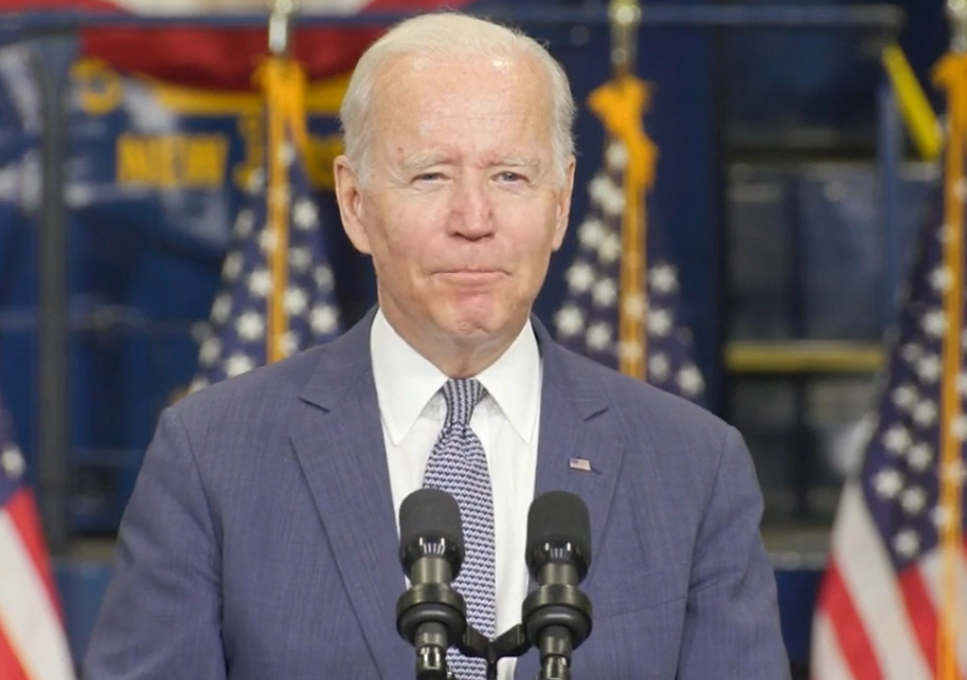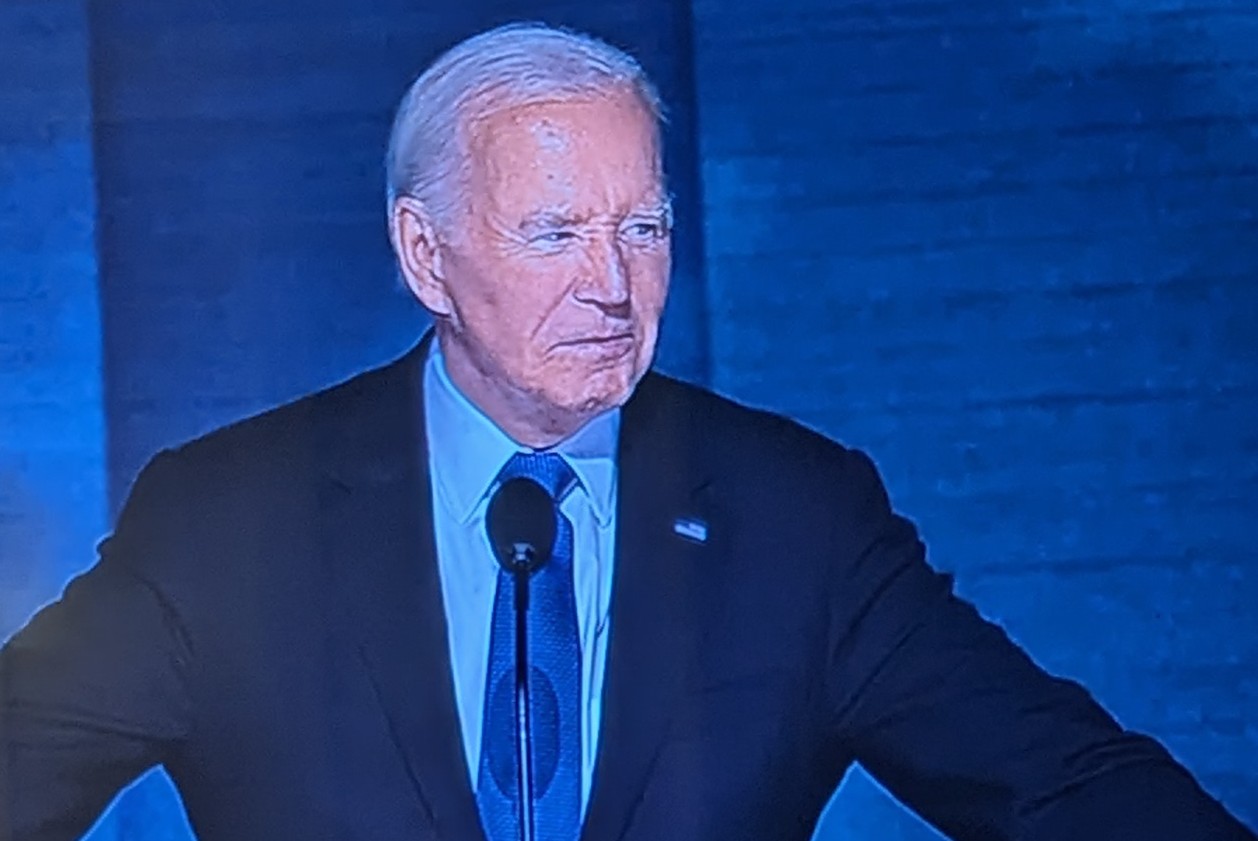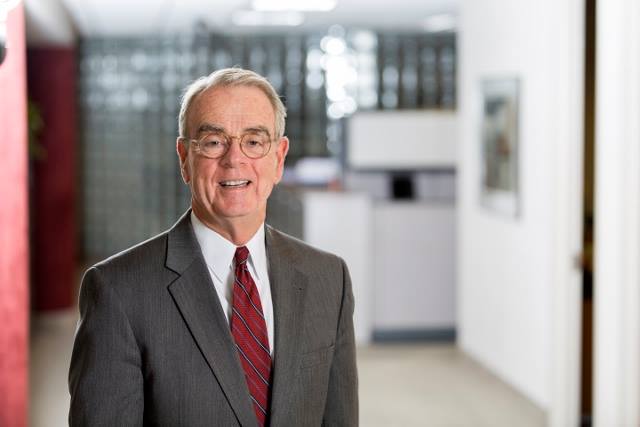
As President Biden prepares to give his annual State of the Union address, our two-party system, such as it is, is going to force feed us a rematch between Biden and former President Trump despite what pollsters insist is the American public’s revulsion for a 2020 retread.
Clearly, our national politics has not been focused on the actual circumstance of the American people and the significant head winds they face to do basic things like buy a home and start a family or even feed themselves. You could say our national politics are just about anything else like Trump’s growing rap sheet and President Biden’s age.
For quite a few years now America’s ranking globally for average life expectancy has been dropping like a stone while household formation lags and 43 states recorded their lowest general fertility rate, according to Pew. No doubt this jamming of the conveyor belt that’s essential for a healthy and sustainable economy can be traced back to the $1.74 trillion indenture we hung around young people in the form of student debt load that’s not dischargeable by bankruptcy.
When I came up with Stucknation as a twitter handle back when I was at WNYC over a decade ago it pains me to say I had no idea just how durable it would be.
We should not be surprised that when President Biden attempted to provide $400 billion in student loan relief for 43 million Americans the Roberts court struck it down six to three, in part because if the debt relief program for the whole nation went into effect, the Missouri Higher Education Loan Authority would lose as much as $44 million a year.
Expect Biden to reference the imperative of “saving our democracy”, a phrase that falls flat in a nation that long ago gutted civics.
He will likely reference the $400 billion being invested in 40,000 projects in 4,500 communities as passage of the bipartisan Infrastructure Law. But this is all 10,000 feet stuff. It doesn’t register with voters because, at least here in New Jersey or New York, there’s never any signage in front of the highway, bridge, rail station or airport that’s being upgraded that tells you “here’s your federal tax dollars at work.”
For months now, pollsters have noted that despite the post-pandemic economic rebound, close to three quarters of American surveyed felt the nation was headed in the wrong direction. While the Biden’s boosters point to the growth in the gross domestic product we have seen a dramatic spike in childhood poverty with Congress’s decision to pull the plug on pandemic era Expanded Child Tax Credit that lasted for just six months. As a consequence we saw childhood poverty at 5.2 percent in 2021 spike to 12.4 percent the next couple of years.
The damage done by the cruel termination of the Earned Income Tax Credit was compounded by the “unwinding of Medicaid” which tossed off over 10 million people, including over three million children and the abrupt ending of moratoriums of evictions and foreclosures. The net effect of all this beltway cold turkey was spikes in food and shelter insecurity that are not on the corporate news media’s radar.
There were consequences when Sen. Joe Manchin, working with the GOP, tanked Biden’s original Build Back Better bill which included a $15 federal living wage, universal pre-K 4 and childcare. Instead we poured hundreds of billion into pouring concrete and continued to disinvest in the actual living conditions of America’s poorest families.
It was a one two punch to the poor and it landed.
“Households around the nation are experiencing unprecedented threats to their food and housing security—with harms disproportionately affecting Black, Latino Americans and other communities of color,” according to the Food Research & Action Center. “About 10.4 million (25.4 percent of renter-occupied units) are spending half or more of their incomes on shelter leaving families without adequate resources to pay for food. This depletion of family resources to cover rent help explain the intersection of hunger and housing instability as well as the need for anti-hunger stakeholders to champion policies to support affordable housing.”
Tonight the audience for the State of the Union will be a highly curated collection of “special guests”.
Earlier today I reached out to some fellow New Jersey residents and asked them what they would tell the President Biden to include in his speech.
Pastor Rupert Hall, who leads the Turning Point Methodist Church in Trenton and is part of the New Jersey Poor People’s Campaign texted me
“I would like our president to acknowledge that in addition to the middle class there is a growing poor population. The income gap is growing.”
The city where Halls church’s stands, New Jersey’s capital city, where Democrats control the Governor’s mansion and the state house, has 3,000 vacant homes where a growing cohort of homeless find shelter and fire is a clear and present danger to all.
In New Jersey, that Point-in-Time Count in January of 2023 identified 7,408 households, including 10,267 persons, that were experiencing homelessness with almost 2,000 people identified as chronically homeless and 1,416 people actually unsheltered the night of the count.
Walter Herres is the executive director of SHILO, (Supporting Homeless and Innovatively Loving Others), a grass roots non-profit working primarily in New Brunswick who himself is now dealing with homelessness. He is also very active with the New Jersey Poor People’s Campaign and has been extensively trained in helping at-risk individuals regain their footing.
During a phone interview with InsiderNJ, Herres said the Point-in-Time Count upon which so many policy decisions are based, vastly undercounts the number of people who are caught up in the worsening shelter crisis.
“Of President Biden we would ask that he addresses the issue of houseless people being stigmatized and targeted throughout the nation,” Herres wrote Insider. “Suffering from fundamental rights being denied should have immediate access to Unalienable Rights surrounding prioritization in healthcare, housing and more opportunities for social mobility such as education, employment—expanding innovation in food security to address urban areas.
Herres wants federal resources to be invested in neighborhoods where zombie and vacant homes have become prevalent and the enactment of a national homeless bill of rights to counteract the widespread criminalization of the poor and indigent.
Linda Curtiss is the executive director of the Bradley Food Pantry at St. James Episcopal Church in Bradley Beach. She told InsiderNJ she would tell President Biden there’s a real disconnect between the national conversation about the economy and what she sees on the ground five days a week. Her site processes 50 families an hour during the two hour window its open daily.
“Inflation has come down but prices are substantially higher than they were three years ago—what can we do about that?” she asks. Curtiss says that it was almost like a switch was thrown when the federal government ended the pandemic era social supports. “Our numbers tripled since before the pandemic…There are people we see every week and we have more and more first timers.”
Curtiss continued. “We have lots of people who are working fulltime. We have lots of people who work in healthcare. They come in their scrubs on so you know they are aids somewhere. We have people who have full time jobs and pick up extra shifts because they can’t live here with just one income.”
“One hundred and thirty-five million poor and low-wage people have no illusions about the state of the union today, but they are nevertheless organizing in historic ways, with new union drives in their workplaces and moral fusion movements in the public square,” wrote Rev. Dr. William Barber in the Nation. “These are the people who, together with their political allies, came together to reject the extremism of Donald Trump in 2020. They elected majorities in the House and Senate who said they were committed to raising the minimum wage to at least $15 an hour. They dramatically improved the state of our union, during the midst of a global pandemic, by pushing policies that cut child poverty in half.”
Barber continued. “No one can say that we haven’t seen good and important progress in the state of our union over the past four years. But we would betray the work of the people who’ve struggled to make that possible if we did not tell the truth about the injustices that continue to plague us.”
“The true state of the union is not limited to one administration; it reflects the systemic reality that nearly a third of the workforce—52 million Americans—work for less than $15 an hour. Poverty wages, combined with a steep increase in cost of living, have left 135 millions of our neighbors poor or low-income, even as unemployment is at a record low…. Poverty is the fourth-leading cause of death—more deadly than obesity, diabetes, or firearms. Low wages are killing people, but Congress has not acted to raise the minimum wage since 2009.”
2024 needs to be about these Americans.
(Visited 5 times, 5 visits today)
As the State of the Union address approaches, many are curious about who will be asked to attend this highly anticipated event. Insider NJ has been exploring this question, trying to uncover the diverse group of individuals who will be in attendance.
Traditionally, the State of the Union address is attended by members of Congress, the President’s Cabinet, Supreme Court justices, military leaders, and other government officials. However, in recent years, there has been a push to include a more diverse group of individuals in the audience.
One group that is often invited to the State of the Union address is a selection of ordinary Americans who have been personally impacted by the policies and decisions of the current administration. These individuals serve as a reminder of the real-world consequences of political actions and provide a human face to the issues being discussed.
In addition to everyday citizens, the State of the Union address also typically includes special guests who are invited by the President or members of Congress. These guests can range from celebrities and activists to business leaders and community organizers. Their presence adds an element of excitement and intrigue to the event, as their stories and experiences often highlight important issues facing the country.
Overall, the State of the Union address is an opportunity for the President to address the nation and outline their priorities for the coming year. By including a diverse group of individuals in the audience, the event becomes more inclusive and representative of the American people as a whole.
Insider NJ will continue to monitor developments leading up to the State of the Union address, providing updates on who will be in attendance and what issues will be highlighted during the speech. Stay tuned for more information as we get closer to this important event.



